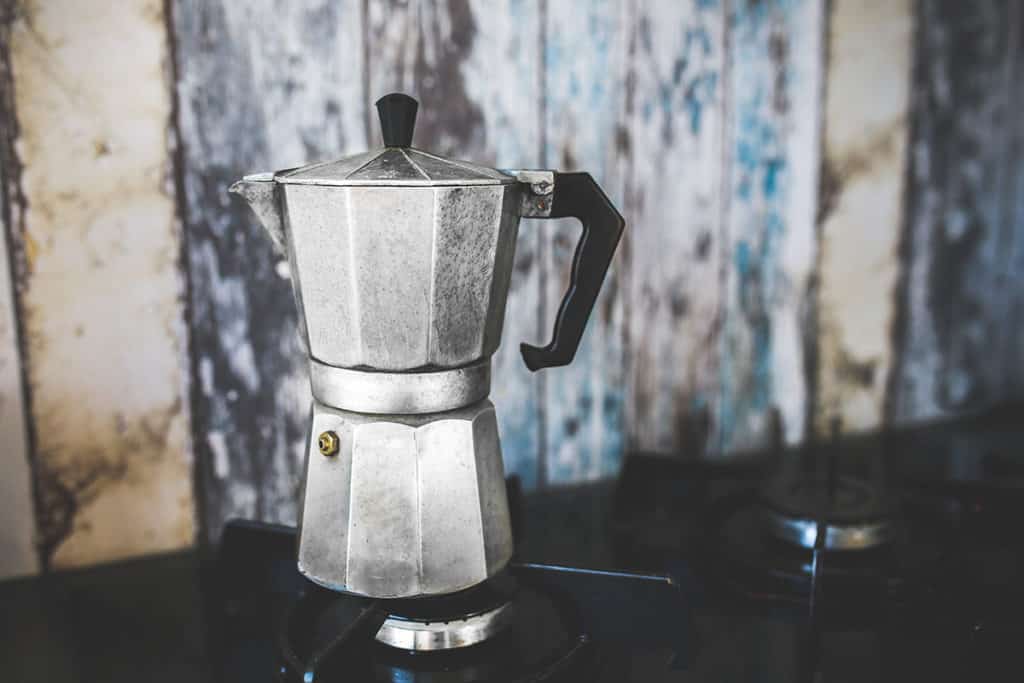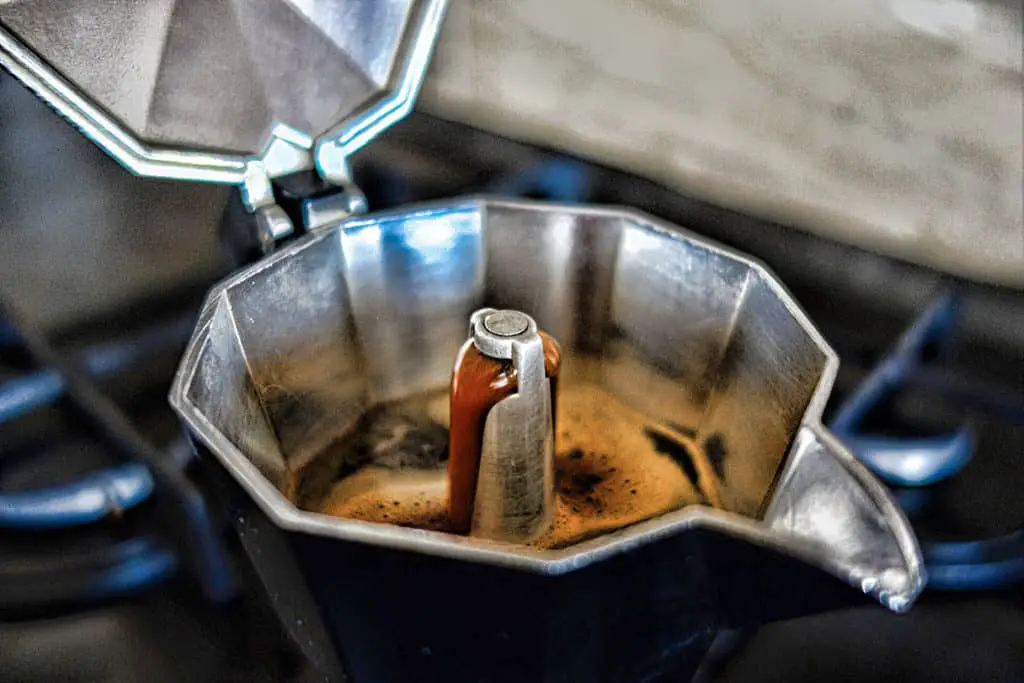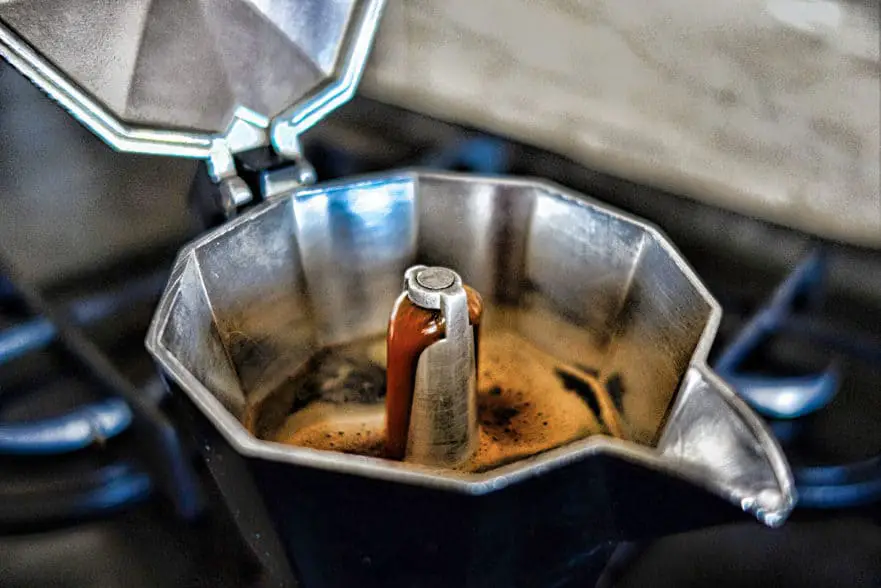
Moka Pot History
The Moka Pot is a traditional way to make coffee in Italy. It uses hot water water and pressure to brew the coffee grounds and is one the easiest ways to make coffee. Today it is one of the most widely used methods for making stovetop coffee.
In this tutorial I am going give you a simple step by step guide on brewing coffee with a Moka Pot so you can make it at home or even when traveling.
The moka pot was invented in 1933 by Alfonso Bialetti but it wasn’t until the late 1940s that it started gaining popularity. Back then the traditional espresso machines were very big and mostly used for commercial purposes.
As a result, the rise of coffee culture during the 1950s saw the moka pot enter every household since it offered a simple and quick way to brew a strong cup of coffee.
Its reputation as a stovetop espresso maker derives from the fact that it’s the closest thing to an espresso machine in comparison to every other manual brewing method.
It also owes its name to the city of Mocha, located in Yemen, a significant port for the country’s coffee export to Europe. The Bialetti Industries continue to manufacture the Moka Pot to this day.
Even though brewing a moka pot is as close as you can get to an espresso, the difference in the pressure volume is significant.
The moka pot uses only 1-2 bars of pressure in contrast to a coffee machine which uses 8-10 bars. What you get is coffee drink that is somewhere between espresso and pour over coffee.
How To Brew Coffee in a Moka Pot
There may seem like alot of steps here but its a very simple process that easy to do and easy to repeat so you can get great tasting coffee every time.
What You Need
- Moka Pot
- Fresh Roasted Coffee
- Burr Grinder
- Scale
- Wet Towel
Step by Step Directions
Step 1. Weigh Out The Coffee
Whichever size Moka Pot you use, the ideal coffee to water ratio is 1:7. If you are using a 4 cup Moka Pot then use anywhere between 15 to 17 grams of coffee depending on how strong tasting you would like your coffee
Step 2. Grind Your Coffee
Grind your coffee using a burr grinder to just a little coarser then espresso.
Step 3. Fill the Moka Pot with Water
Fill the bottom vessel with preheated water until you reach the bottom of the release valve. Alot of people fill the Moka Pot with cold water, however I would recommend that you use hot water.
The reason is that when you heating the water, if its cold from the start, then when the water starts to heat it will start to brew your coffee prematurely and you will end up with more bitter coffee.
Step 4. Add Coffee to the Moka Pot
Put the coffee basket in the moka pot and fill it with the coffee you just grounds. After filling the basket, do NOT tamp as this will increase the pressure and will give you more bitter coffee.
Step 5. Put the Top On
Using a cloth or kitchen mitt, to hold the bottom. Screw the top of the moka pot onto the bottom. Make it tight but not so tight that it will take a Herculian effort to undo.
Step 6. Brew Time
Put the Moka Pot on the burner on medium to medium high heat and wait for the brewing to start. Stovetops differ so you need to figure out which temperature is best for your moka pot.
Keep the lid open and after a short time you will a rich dark brown coffee start to come up through the funnel and into the top basket. Shortly after you will see the color of the coffee get lighter and lighter. At this point you want to close the lid.
Step 7. The Cool Down
Once you close the lid pick up the Moka Pot by the handle with a thick cloth or Kitchen mitt and place the bottom portion under cold water. This will stop the brewing process and lessen the chances of having bitter coffee.
Step 8. Pour and Enjoy
After removing from the cold water set it down and wait until the brewing completely stops. Then break a coffee cup or 2 and pour in the coffee. If you want a more coffee more like a Americano, just a add some water.

Final Thoughts
The Moka Pot is a easy and inexpensive way to get great tasting espresso like coffee. It doesn’t take up a lot of space and will last a long time if properly cared for.
When putting your Moka Pot away after use, make sure to clean it completely as if you leave any coffee residue, that will affect the taste the next time you brew with it and you’ll end up with more bitter coffee.
Also when you put it away don’t screw it together tightly as this will wear out the rubber gasket in the Moka Pot more quickly.


